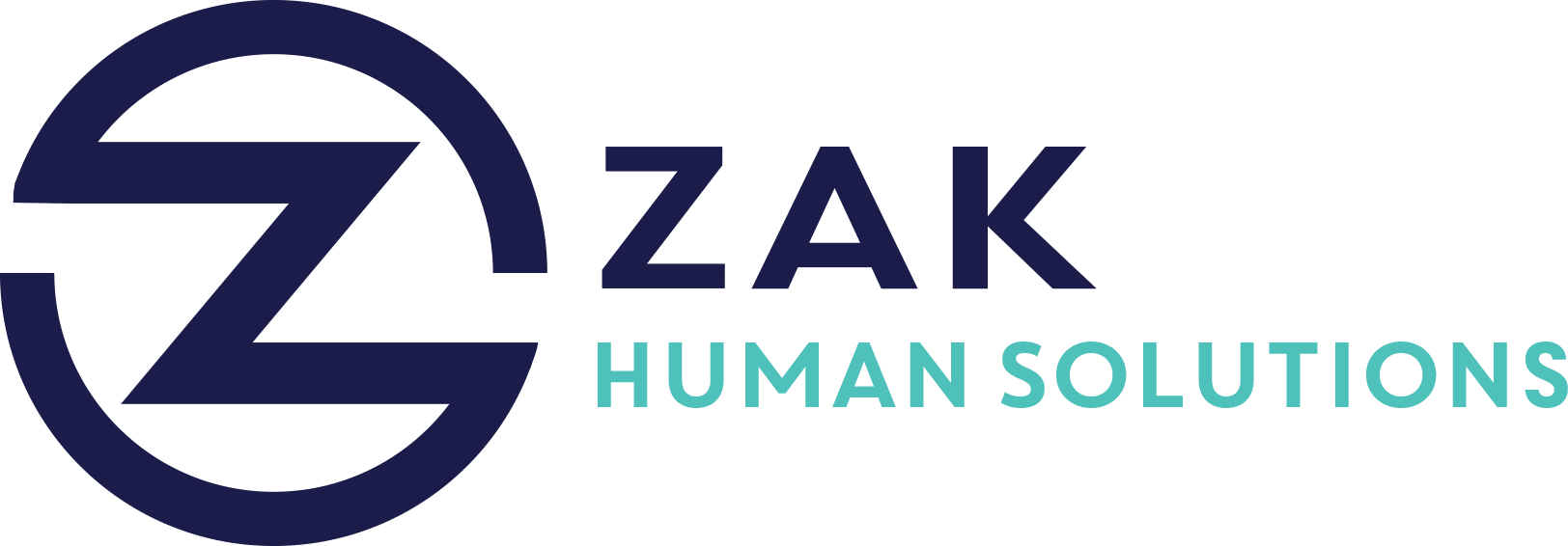Key Takeaways
- Employees seek flexibility, growth, and purpose in today’s workplace, challenging traditional retention strategies.
- Employee turnover impacts productivity and morale, with many companies experiencing declining retention rates.
- Remote and hybrid work is now a standard expectation, with flexibility crucial for retention.
- Frequent recognition and growth opportunities encourage employees to stay engaged and committed.
- DEI initiatives ensure a sense of belonging and are vital for retaining diverse talent.
- Investing in technology enhances communication, performance management, and employee autonomy.
- Prioritizing employee well-being and mental health support is essential to reduce burnout and retain talent.
- Data-driven insights enable companies to tailor retention strategies and identify emerging issues.
In today’s rapidly evolving workplace, traditional retention strategies are being challenged like never before. As employees increasingly prioritize flexibility, growth opportunities, and a sense of purpose, organizations must innovate to retain top talent. This blog post will dive into the key elements essential for modern employee retention and how companies can proactively address these needs to succeed in the competitive talent market.
Understanding the Changing Landscape of Employee Retention
Employee retention is no longer about simply offering job security. With the rise of remote and hybrid work, employees now expect a level of flexibility that was once considered a perk but is now a standard expectation. Here’s how this shift is reshaping the workplace:
The Importance of Flexibility
Flexibility in the workplace is a crucial factor in employee satisfaction and retention. According to recent insights, many employees no longer wish to adhere to the traditional 9-to-5 office schedule. Instead, they value the ability to work from locations that best suit their lifestyles, whether at home, in a co-working space, or adapting their hours to maintain a better work-life balance.
Embracing Growth and Purpose
To engage employees and encourage them to stay, companies must ensure they provide pathways for personal and professional growth. Here are some strategies:
- Offer Continuous Learning Opportunities: Regular training sessions, workshops, and upskilling initiatives can significantly boost employee morale and loyalty.
- Develop Clear Career Paths: Employees need to see a future within the company. Clear career advancement opportunities make employees feel valued and motivated to remain with the organization.
- Cultivate a Purpose-Driven Culture: Employees want their work to have meaning beyond daily tasks. Aligning company goals with social impact initiatives can increase job satisfaction and retention.
The Role of Recognition and Inclusivity
Benefits of Frequent Recognition
Recognition fosters a positive work environment. Employees who feel appreciated are more likely to be committed and productive. Simple gestures like daily compliments or public recognition during meetings can make a big difference.
DEI Initiatives for Better Retention
Diversity, equity, and inclusion (DEI) aren’t just buzzwords; they are critical to building workplaces where everyone feels they belong. Here’s why DEI matters:
- Improves Workplace Harmony: Inclusive cultures are generally more harmonious, reducing workplace conflicts and fostering trust.
- Attracts Diverse Talent: Companies prioritizing DEI are more attractive to prospective employees from varied backgrounds.
Leveraging Technology and Data to Enhance Retention
Technology can significantly improve employee experience when used correctly. Here are some benefits:
- Enhanced Communication: Tools like Slack and Microsoft Teams streamline communication, keeping remote and hybrid teams connected.
- Performance Management: Modern platforms offer real-time feedback and performance insights, aiding in personal and professional development.
- Empowering Employee Autonomy: Self-service HR platforms empower employees by simplifying administrative tasks.
Data also plays a pivotal role in retention strategy:
- Identifying Patterns: Analyzing turnover and satisfaction data can provide valuable insights into workforce health and areas needing improvement.
- Tailoring Solutions: With data-driven insights, companies can implement targeted retention strategies that are likely to succeed.
Prioritizing Employee Well-being
Employee well-being significantly impacts retention. Companies can support well-being by promoting:
- Mental Health Support: Providing access to mental health resources shows employees their well-being is a priority.
- Work-Life Balance Initiatives: Encouraging employees to take breaks and offering flexible schedules can prevent burnout.
Employee retention in the modern workplace requires a holistic approach that incorporates flexibility, opportunities for growth, recognition, inclusivity, and well-being. By embracing these elements, organizations can create a thriving environment where employees choose to stay and contribute to long-term success. As companies continue to navigate the complexities of today’s workforce, those prioritizing these strategies will lead the way in retaining top talent.




